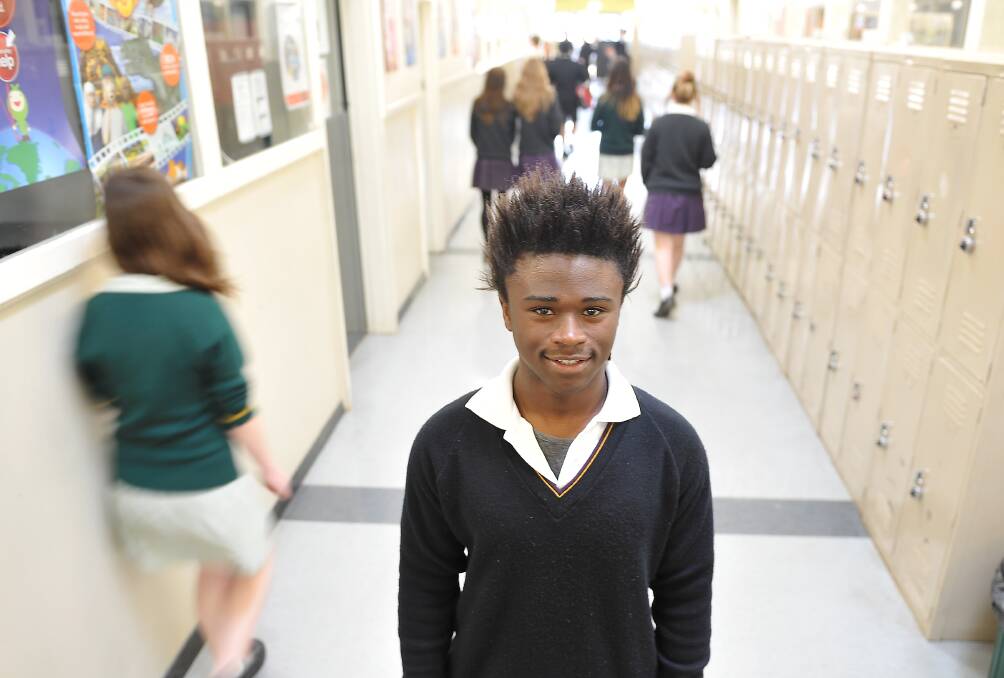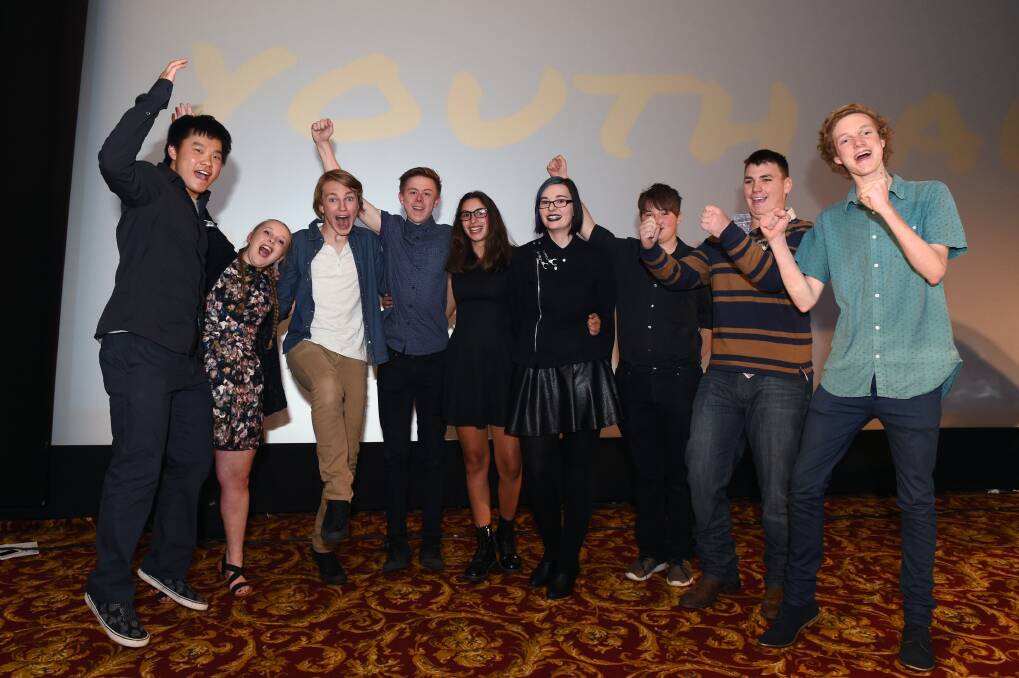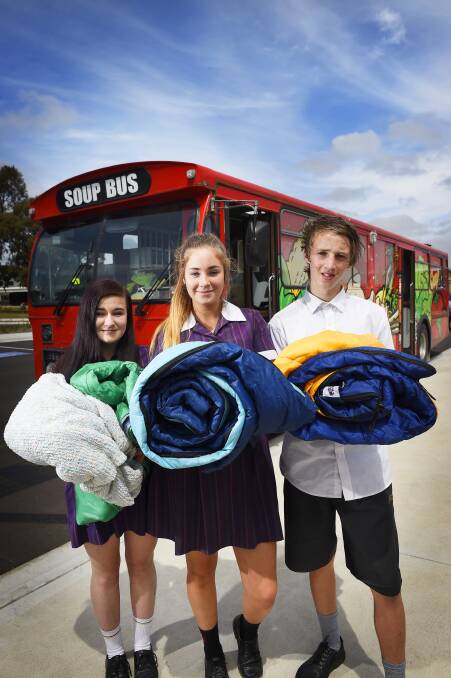
IF YOU were to ask any member of the community their thoughts on the city’s youth, you’re sure to get a mix of responses.
Subscribe now for unlimited access.
$0/
(min cost $0)
or signup to continue reading
Some may go as far as referring to Ballarat’s youths as lazy, delinquents and in rare circumstances a lost hope.
But there are many things about the city’s youths, who make up almost a fifth of the population, people forget about.
Some facts that come to a surprise of many are the number of youths involved in volunteer work. Almost 20 per cents of the city’s youths aged between 15-24 are involved in some sort of volunteer work – that’s higher than the state average of 15.5 per cent.
Others have no idea Ballarat has 150 members in The Australian Youth Climate Coalition.
But fewer people know more young people living in Ballarat feel they have a low attachment to their community than the state average, and that despite believing they have the capacity to be involved in decision making processes they feel accommodating the voice of young people could be strengthened.

After speaking with the people who work with the city’s youth every day, it is evident these youths have plenty to offer and are not afraid to try their hardest to ensure the city’s future is strong.
Education engagement and placement coordinator at Highlands Local Learning and Employment Network (HLLEN) Brendan O’Connell said many youths were only recognised for their sporting and entertainment achievements, while others making significant contributions in society were often only known to a small number of people.
“It’s (recognising sporting and entertainment achievements) probably a little archaic now,” he said.
Mr O’Connell said many adults failed to see the contributions and progress young people made in every day life.
As one example, he said young people who are involved in online gaming are forming part of globalisation, something many adults neglect to see the effects of.
“What people think is that it’s antisocial, but it’s very social,” he said.
“You have young people communicating with others in places like America and Germany.
“These people are more likely to get involved in activism. Most people see that as slacktivism because it is online.”
With one in four people working in retail in Ballarat, many who are young, he said it can’t be forgotten youth are also contributing to the local economy.
“Sometimes the views of this generation are harsh,” he said.
“But involving young people is a good thing. Even in the most desperate young people … they have a sense of contribution.”
Mr O’Connell said there were issues deeper than many see on the surface that youth face on a day to day basis.
He said on average it took a young person 4.7 years to gain full time employment after studying.
“A lot of people think young people sit around doing nothing, but it’s a turbulent economic environment (for youths),” he said.
“There is no security.”
Other barriers for youths were the changing expectations from employers.
“It’s most likely in the future you will be selling yourself like an ebay seller, they almost have to be an entrepreneur,” Mr O’Connell said.
He said mental health was also a significant barrier to education, but there were promising elements with the current generation of youths the first to have a real understanding of what mental health is.

“They are very in touch with things that are the real issues.”
But it is the young people’s eagerness to address these issues that inspire adults like Mr O’Connell.
Someone else inspired by their contributions is youth engagement office with Headspace Larelle Kuczer who said it was “incredibly powerful” to watch a young person in action.
“Often young people are not given the credit they deserve for their ideas,” she said.
“People don’t seem to think young people have a lot to add. But there are incredibly connected to the world.
“Young people are mindful … they are so socially aware of the plight of people around them and the world.”
As an example, Ms Kuczer said it was young people who came up with the idea to include an online self-referral form on the Headspace website.
She said the online self referral form, which was the first to go live in Australia, now makes up 40 per cent of referrals.
Ms Kuczer said many people who don’t regularly have any involvement with young people are often the ones quick to pass judgment.
She said the ability for a young person to feel included, which is sometimes something neglected by adults, has positive outcomes for everyone.
“I think it’s about self development and them feeling like they have been listened to,” she said.
“Young people want to make a difference and contribute.”

While statistics for youth unemployment, which shows Ballarat is sitting six per cent higher than other regional cities, are concerning, other issues Ballarat youths face include bullying, high drug and alcohol use, and homelessness.
These are areas of disadvantage likely to impact on young people, but the city’s young people are not sitting back and watching. According to the city’s youth workers, they’re doing all they can to make the city a better place.
As part of National Youth Week, which celebrates the contributions of young Australians between 12–25, Headspace Ballarat’s Youth Reference Group have created the Our Youth Our Community media campaign to celebrate the work of the city’s youths.
Ms Kuzcer said the campaign was designed to recognise the work, no matter how big or small, young people were doing in the community.
“Let’s see if we can get young people recognised and remind people there are great young people out there,” she said.
“(National Youth Week) is a week we can reflect and celebrate what young people do and broaden people’s perspectives of young people.”
During National Youth Week (April 8-17) The Courier will publish a series of profiles of the city’s youths to celebrate the extraordinary things they are doing in the community.

